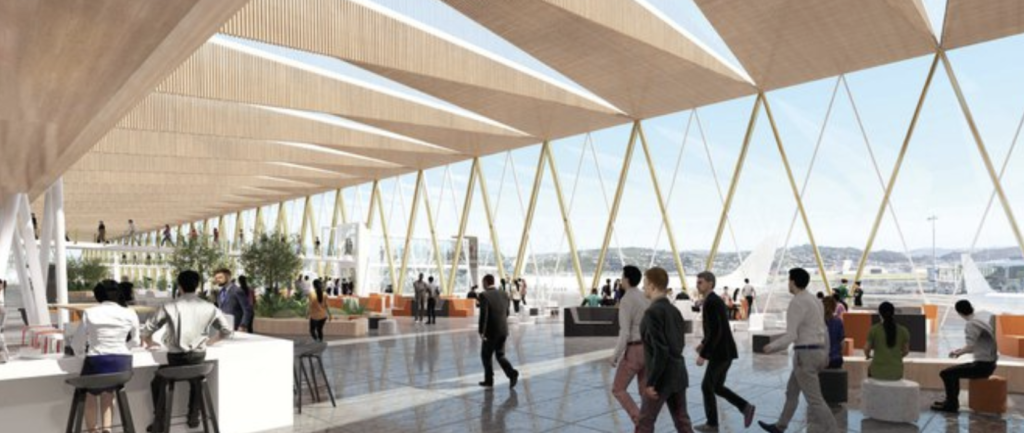New Zealand’s Wellington Airport has released a new masterplan showing how it will accommodate future growth in the region over the next 20 years.
The proposed masterplan includes a terminal expansion, runway and taxiway system improvements, new freight facilities, additional aircraft parking stands, and a modern fire station. The plans also accommodate rapid transport from Wellington’s city center.
A new multipurpose domestic and international jet terminal will be constructed, according to the plans. The development will extend to the south of the existing terminal, with the surrounding apron and at-grade car parking areas repurposed for jet aircraft. Meanwhile, the northern parts of the terminal will be converted for regional traffic – essentially ‘flipping’ the terminals around.
By 2040, the airport is expected to double its economic contribution to the region from NZ$2.3bn to NZ$4.3bn (US$1.45m to US$2.15m) per year and facilitating more than 22,000 jobs.
According to Steve Sanderson, chief executive at Wellington Airport, the masterplan shows how the airport will cater for a doubling in travelers from 6.4 million today to the 12 million that are expected to pass through every year by 2040.
“The recent terminal expansion has done well to keep pace with domestic growth, but the international facilities are already facing congestion at peak times. The availability of gates is constrained during busy periods and bussing of regional passengers is often required,” he said.
“The forecast growth will mean demand will exceed existing capacity and we need additional land to accommodate the airport’s operations and the new generation of aircraft that are carrying increasing numbers of passengers more efficiently.”
As an international airport, Wellington has an extremely small 110ha footprint compared to Auckland Airport’s 1,500ha and Christchurch’s 750ha, stressed Sanderson.
He added, “This makes us one of the most efficient and innovative airports in the world – but it limits our options. Growth to the south and east is the most feasible option given the airport’s geographical constraints.
“This masterplan sets out our vision to meet the needs of travelers and airlines, but also provide new possibilities and opportunities for the city, the region and New Zealand.


